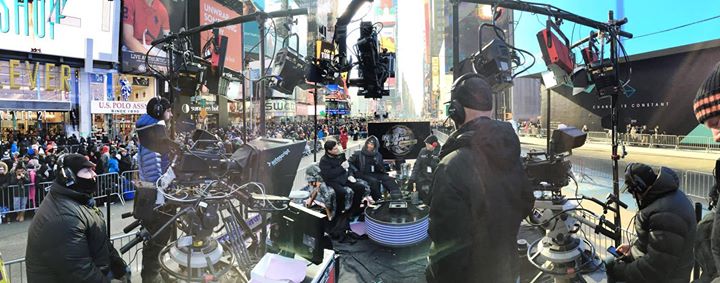Who Knew? Two Stunners From ‘Perry Mason’
Picture Parade #2…Who Knew? Two Stunners From ‘Perry Mason’
Yes, it’s true. Hamilton Burger actually beat Perry Mason. Over the course of the nine year run of the show, it happened twice. While checking my facts, I came across this second stunner from the Associated Press.
“Williiam Talman was one of several arrested at a Hollywood party. Not only were drugs found in the house, but according to the raiding police officers, everyone including Talman was nude.” -Associated Press
Sheriff’s deputies, suspicious of marijuana use, raided a party on March 13, 1960, in a private home in Beverly Hills at which Talman was a guest. All were arrested for possession of marijuana (which was later dropped) and lewd vagrancy, but municipal judge Adolph Alexander dismissed the lewd vagrancy charges against Talman and the others on June 17 for lack of proof.
Despite this Talman was fired by CBS which refused to give a reason. Talman was later rehired after ‘Perry Mason’ producer Gail Patrick Jackson made a request to CBS following a massive letter-writing campaign by viewers. Enjoy and share! -Bobby Ellerbee
ULTRA RARE! ‘Peter Pan’, 1955 Backstage Shot
Picture Parade #1…ULTRA RARE! ‘Peter Pan’, 1955 Backstage Shot
This is the only photo of it’s kind I have ever seen. Here is Mary Martin with Cyril Ritchard posing with Nana at NBC Brooklyn in 1955 during rehearsals for the original television presentation. Enjoy and share! -Bobby Ellerbee
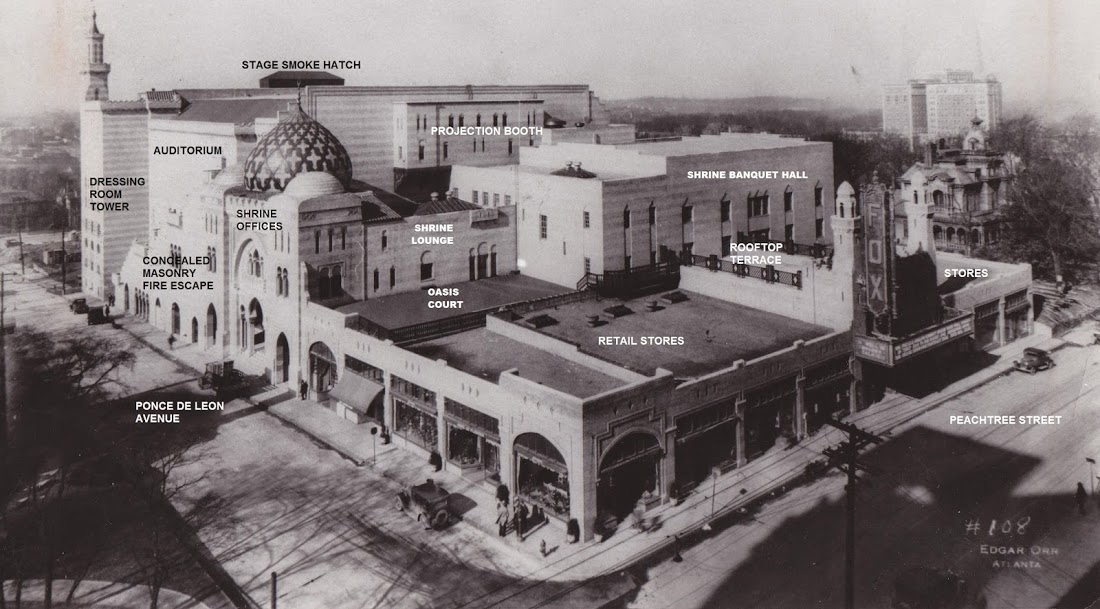

BACKSTAGE AT THE FOX 1929: PART II: AUDIO AND ELECTRO-MECHANICALS
Now, For Something Completely Different! Audio Buffs Will Love This!
This is not just a tour of Atlanta’s Fabulous Fox…this is how these grand theaters worked in an electro-mechanical sense in the 1920s. Our friend Robert Foreman has covered everything from the live microphones to the marquee with some very interesting and rare history on the first talking movie and sound amplification systems.
At the time of its construction, the 4462-seat Atlanta Fox was the sixth largest theater in the world and counted among its original equipment a permanent public address or sound reinforcement system forty years before Broadway credited the first audio designer. Enjoy and share!
http://backstagefox1929.blogspot.com/2014/03/part-ii-audio-and-electro-mechanicals.html
BACKSTAGE AT THE FOX 1929: PART II: AUDIO AND ELECTRO-MECHANICALS
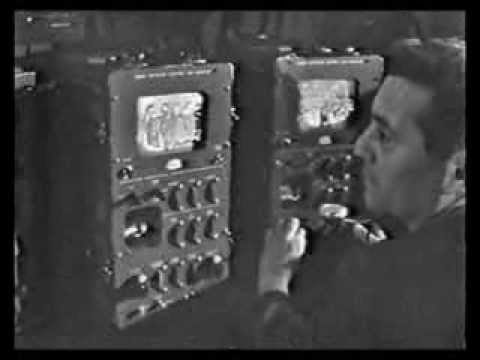

A Rare Look At The WNEW Control Room…Sonny Fox ‘Wonderama’ Tour
A Rare Look At The WNEW Control Room…Sonny Fox ‘Wonderama’ Tour
This clip is from the early 1960s and was sent to us from Barry Mitchell with this interesting note. “I’ve had this rare clip for years: it was on a reel of 2” tape that had been donated to my college, most likely by WNEW-TV. ‘Wonderama’ host Sonny Fox guides us through the Channel 5 control room at the Metromedia Telecenter, 205 East 67th Street, New York City. Last time I passed by the studio a couple of years ago, the front door handles still bore the old “MM” emblems.”
Thanks for the clip Barry! Enjoy and share! -Bobby Ellerbee
https://www.youtube.com/watch?v=wfo5wCwai2Q
Sonny takes his young viewers into the control room of his Sunday morning WNEW-TV program to see how a television show is made. Check out the 1950s DuMont br…
You Mean That’s Not A Real Mountain There In Virginia City?
You Mean That’s Not A Real Mountain There In Virginia City?
Nope. Hollywood and the ‘Bonanza’ producers have fooled us again.
The “mountain” at the rear of the Western Street was actually constructed of a chicken-wire framework covered over by plaster and was immobile. I have highlighted in purple where I think it was.
In March of 1959, ‘Bonanza’ producer David Dortort selected Paramount Studios in Hollywood to film the series. They had the largest soundstages and a good western street which was built for ‘Whispering Smith’ in 1947 starring Alan Ladd.
The reason the fake mountain was erected was to hide a construction mill and sawdust collection tower built by Desilu in 1957. Another painted backdrop was located near the Western Street, for other shots, of a blue sky, with clouds. In the large photo from the early 70s, you can see the “sky” behind the water set…the same one used in the parting of the waters in ‘The Ten Commandments’.
The Western Street was much smaller than seen on ‘Bonanza’; wide-angle camera lenses made it appear much larger than in real-life. The local pigeons would frequently land and perch atop the fake mountain, shattering the illusion of distance and filming would be stopped until one of the crew members scared them away.
Other TV series made at the Western Street for exterior filming while ‘Bonanza’ was being made there were ‘Have Gun-Will Travel’, ‘Branded’, and ‘The Guns of Will Sonnet’.
In 1979, a demolition team demolished the Western Street for an executive parking lot. The only building that was saved was the barn which was first seen in Cecil B. DeMille’s “The Squaw Man” the first feature film ever made in 1914. On the ‘Bonanza’ series it is infrequently seen as the freight station. Enjoy and share! -Bobby Ellerbee
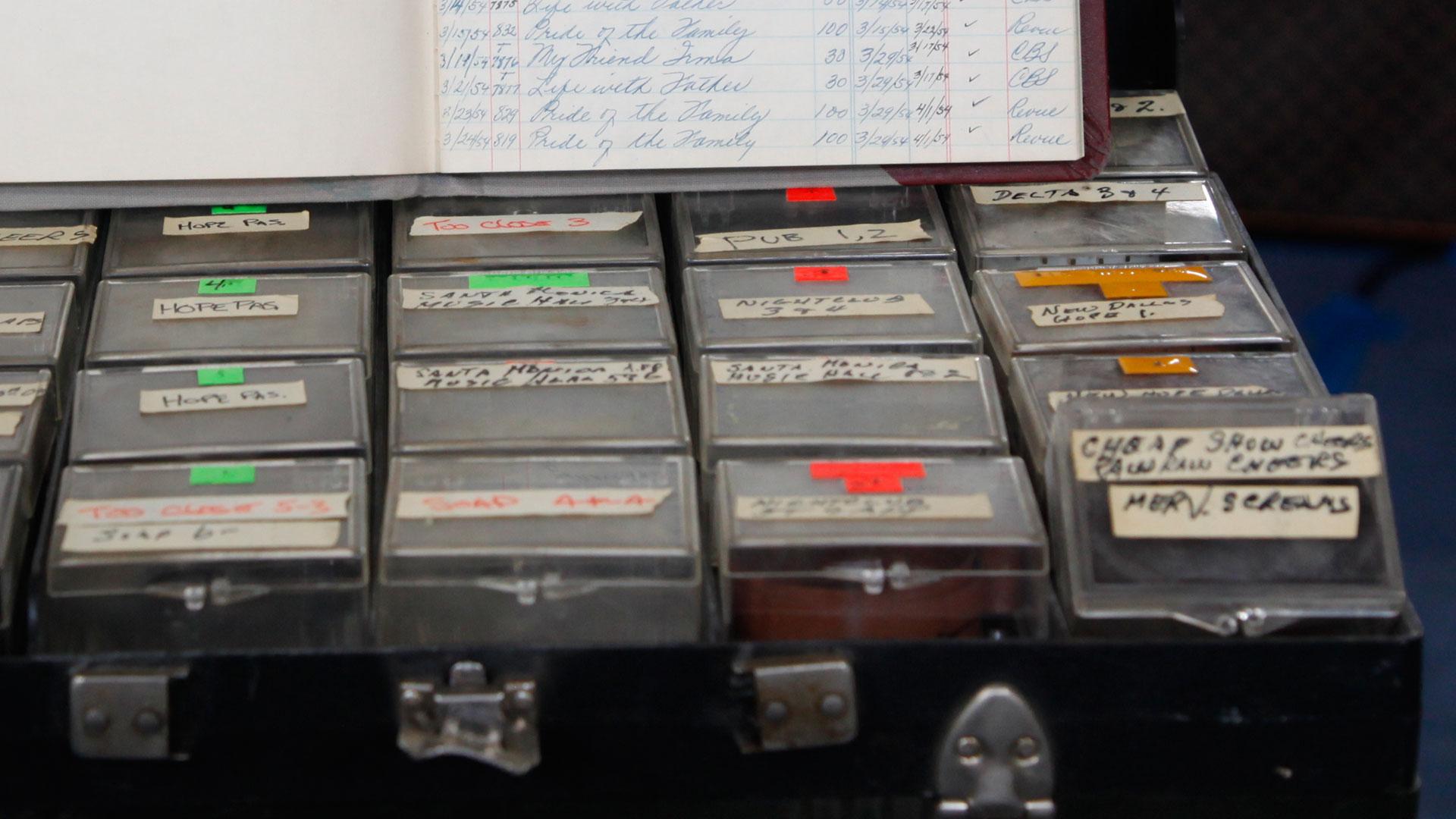

RARE! Laugh Tracks, Black Box Found
Laugh Tracks: RARE Black Box Found!
A couple of years ago, this piece of television history popped up on ‘Antiques Roadshow’. Here is the video of the Charlie Douglas ‘Laff Box’ which was discovered among the items sold in a storage locker sale. Thankfully the new owner was curious, other wise, it would have gone into the dumpster like so much other TV history has.
Back in the 50s and 60s, Charlie Douglas was ‘The Man’ for laugh tracks in Los Angeles and traveled with his top secret black box to sweeten the tracks on many famous shows. He would wheel his black box of pre-recorded laughs into the post audio room, plug in to the mixing console, and proceed to treat the soundtrack with everything from chuckles to knee-slapping fits to applause.
Understandably, Charlie and his son Bobby were very protective of the technology and the library of carefully categorized audience reactions inside that black box. Now remember, this was before cart machines, but when the close up comes, you’ll see the loops rotating and I think this technology was called the Mckinzie tape loop system. Enjoy and Share! -Bobby Ellerbee
Watch now: Antiques Roadshow | Appraisal: 1953 Charlie Douglass “Laff Box” | PBS Video
Appraisal: 1953 Charlie Douglass “Laff Box”, from San Diego Hour 2
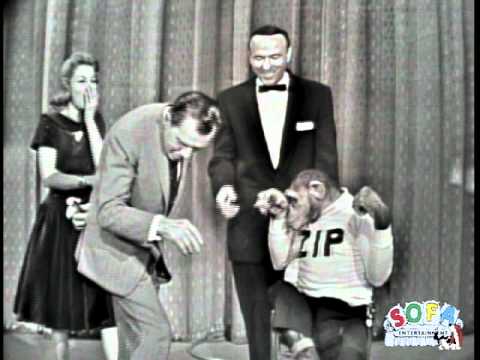

Classic Ed Sullivan…Zippy And The Cameramen
Classic Ed Sullivan…Zippy And The Cameramen
In this short but sweet piece from April of 1961, Zippy the chimp gives the Sullivan camera crew a workout as they try to follow him. Notice Camera 2 is Zoomar equipped. All are RCA TK11/31s. Typically, there were three cameras on stage, one at floor level at the edge of the stage and one in the balcony for long shots. Enjoy and share! -Bobby Ellerbee
http://www.youtube.com/watch?v=VW5gP25NBlE
http://goo.gl/n8f54 – Zippy The Chimp roller skating on the Ed Sullivan Show on April 9th, 1961.


How NFL Games Are Covered…A Close Up Look At The Technology
How NFL Games Are Covered…A Close Up Look At The Technology
This excellent video gives us a detailed look at what goes into bringing football to the nation, including a very good look at the aerial camera systems. Some of the processes mentioned in today’s first post, on ESPN’s college bowl game coverage, is shown in depth here. Enjoy and share! -Bobby Ellerbee
#t=739″ target=”_blank”>http://www.youtube.com/watch?v=u_V8IlitveE #t=739
The NFL’s most exciting game isn’t played on the field. It happens behind the scenes, as hundreds of cast and crew come together to turn a football game into…


How ESPN Covered The Rose & Sugar Bowl Games
How ESPN Covered The Rose And Sugar Bowl…A Massive Effort
Amazingly, they used two separate aerial camera systems, 400 people, 5 Game Creek trucks and 32 cameras just at the Rose Bowl. In today’s next post, there is some great video of how all this gets done, although it is for NFL coverage. Enjoy and share! -Bobby Ellerbee
ESPN Goes All Out In Surrounding New College Football Playoff Semifinals : Sports Video Group
Bringing viewers extensive coverage of the Rose Bowl and Sugar Bowl is nothing new for production and operations crews at ESPN, but make no mistake about it; this isn’t just any other year in Pasadena and New Orleans for the “Worldwide Leader.”
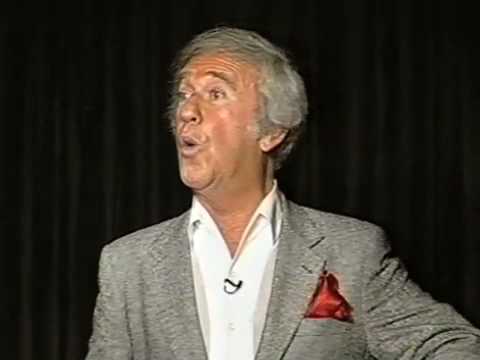

January 1, 1965…50 Years Ago Tonight! Television History Was Made!
January 1, 1965…50 Years Ago Tonight! Television History Was Made!
At 6:55 PM, New Years Day night, Soupy Sales did a one minute adlib that is still talked about. It was the famous “Green Pieces Of Paper” incident. Here, thanks to Barry Mitchell, is Soupy telling the story of the gag that almost cost him his job, but earned him a place in television history. Enjoy and SHARE! -Bobby Ellerbee
Legendary TV host Soupy Sales tells a nightclub audience about the New Years’ Day 1965 ad-lib that got him kicked off the air for a week.
Ultra Rare Photo Of The First RCA TK60
Picture Parade #5…Ultra Rare Photo Of The First RCA TK60
This was taken at the NAB convention in early 1961 and shows the camera that was then known as the RCA TK12. It’s a little hard to see, but the side doors are made of the same ventilating metal mesh used on the top of the TK42s.
They were soon replaced with hard doors because these dented to easily. That created heat problems and the heat caused the IO sled to move when the camera was pointed up or down sharply. A top vent was added and the sled fixed for re release in 1963 as the TK60. It was named after the year it was created. Enjoy, share and Happy New Year! -Bobby Ellerbee
Commercial Television’s First News Program, 1941
Picture Parade #4…Commercial Television’s First News Program, 1941
This picture of Lowell Thomas looks a lot like the one in #3, but there is a big difference. WNBT began commercial television operations on July 1, 1941 as the first fully-licensed commercial television station in the United States. That day, the call letters were changed from W2XBS, and the first commercially sponsored program on the air was ‘Lowell Thomas With The News’ sponsored by Sun Oil.
There were three fifteen minute shows that night and the evening began with a spot announcement from Bulova Watches (below in comments) which was the face of a clock and a voice over. Other spot ads that evening were for Botany ties (a series of art cards featuring the cartoon lambs then featured in Botany’s print ads) and Adam Hats (a slow camera pan of a simulated window display). Enjoy, share and Happy New Year! -Bobby Ellerbee


Television’s First News Cast, 1939
Picture Parade #3…Television’s First News Cast, 1939
W2XBS would not become WNBT until 1941, but in 1939, Lowell Thomas began to simulcast his NBC Radio news report there. Since sponsors were not allowed on experimental television, he continued with news stories on TV while radio inserted an ad in the middle.
This is in NBC’s experimental Studio 3H. Notice the pith helmet on the back of the center camera dolly, the hat on top of the right camera and the towel on top of the left camera…they were all used to protect the cameramen’s heads from the immense heat the lights generated. This show was not too bad, light wise, but dramatic productions had to have a lot more hot lights for the Iconoscope cameras. Enjoy, share and Happy New Year! -Bobby Ellerbee
Carol Burnett Accepting Her First Emmys
Picture Parade #2…Carol Burnett Accepting Her First Emmys
This is either 1962 or 1963, but either way, she won! In ’62 she won for her work on ‘The Gary Moore Show’ and in ’63, she won for ‘Julie And Carol At Carnegie Hall’, her special with Julie Andrews. Enjoy, share and Happy New Year! -Bobby Ellerbee
Classic! Behind The ‘Laugh In’ Joke Wall
Picture Parade #1…Classic! Behind The ‘Laugh In’ Joke Wall
If you ever wondered what was behind the wall, wonder no more. Enjoy, share and Happy New Year! -Bobby Ellerbee
Everything Is Coming Up Roses!
Everything Is Coming Up Roses!
At 4 AM Pacific Time, rehearsals for the opening numbers begin in Pasadena. At 8 the, 126th Rose Parade starts (11 Eastern) and will be broadcast live on ABC, NBC, HGTV, KTLA5, Univision, Red TV, Family Net, Sky Link, and the Hallmark Channel.
Below are a few shots from yesterday’s facilities check sent by ESPN/ABC Senior Video Engineer Roger Crawford. Hopefully, there will be more as the day progresses, but I know Roger will be busy in the truck which today is NEP SS 17. There is more on the photos, so click through and enjoy! -Bobby Ellerbee


My New Year’s Resolution…Carpe Diem! Will You Join Me?
My New Year’s Resolution…Carpe Diem! Will You Join Me?
Looking at these “after” photos of Times Square is a reminder of just how fast life can change. Thank you for being a part of the family here…one of the most generous and appreciative groups of people I have ever had the pleasure of being a part of. Happy New Day! -Bobby Ellerbee
“You must live in the present, launch yourself on every wave, find your eternity in each moment. Fools stand on their island of opportunities and look toward another land. There is no other land; there is no other life but this.”
― Henry David Thoreau
“Dream as if you will live forever; Live as if you will die today.”
― James Dean
“Live as if you were to die tomorrow. Learn as if you were to live forever.”
― Mahatma Gandhi
“Happiness, not in another place but this place…not for another hour, but this hour.”
― Walt Whitman
“Life is a helluva lot more fun if you say yes rather than no”
― Richard Branson
“They are not long, the days of wine and roses. Out of a misty dream, our path emerges for a while, then closes, within a dream.”
― Ernest Dowson,
“Oh, now, now, now, the only now, and above all now, and there is no other now but thou now and now is thy prophet.”
― Ernest Hemingway
“You look ridiculous if you dance. You look ridiculous if you don’t dance, so you might as well dance.”
― Gertrude Stein
“Forever is composed of nows.”
― Emily Dickinson


Times Square…Preparing For NBC’s Carson Daly Countdown Show
Times Square…Preparing For NBC’s Carson Daly Countdown Show
It’s 33 degrees in Manhattan right now,and getting colder, but the action in Times Square is heating up as the afternoon wears on and show prep continues. Here are some great pictures just in from Dan and Rob Balton on the Carson Daly set.
If any of the CBS, CNN and ABC crews are with us, we’d like to see what you are up to. You can email me pix at edition4@comcast.net or message me with them via Facebook. Thanks to Dan and Rob for these…stay warm and Happy New Year! -Bobby Ellerbee
For The Young At Heart And Strong Of Bladder…Times Square
For The Young At Heart And Strong Of Bladder…Times Square
The good news is, they have a front row seat for America’s biggest party. The bad news is, once you are there, you can’t leave and get back in. I’ll bet there are some mighty long restroom lines. Thanks to Geoffrey DeVoe, Eric Eisenstein, Craig Haper and Anthony Quintano for these Time Square pix. Happy New Year! -Bobby Ellerbee
The First Rose Parade Color Cast…NBC, January 1, 1954
The First Rose Parade Color Cast…NBC, January 1, 1954
This was the first ever national west coast – to east coast colorcast using the newly approved National Television System Committee (NTSC) standards. Special permission for the colorcast was obtained from the FCC which, in its December 17, 1953 approval, allowed colorcasting to start 30 days later.
AT&T Long Lines had hurriedly configured a color capable network of 21 television stations across the United States (list included below). RCA Broadcast had rushed transmitter modification equipment to the affiliates on the Bell color network path.
RCA had also built a small pre-production run of 200 color receivers. This set was designated as the “Model 5”, the fifth in their series of experimental color sets. The Model 5 was provided to NBC affiliates and RCA Victor distributors for the Rose Parade and each location had a full house for the event.
The “Model 5” was the prototype for the first RCA production Color Receiver…the Model CT-100. Starting March 25, 1954, 5,000 CT-100’s were manufactured in RCA’s Bloomington, Indiana plant. The set was named, “The Merrill”.
Below is the story The New York Times wrote about the color cast a few days later….
“Color television’s most exacting test came with the National Broadcasting Company’s outdoor pickup of the Tournament of Roses Parade in Pasadena California. The New Years Day Program was the first prolonged presentation of color video under circumstances where, unlike a studio show, neither lighting, nor movement could be controlled. All things considered, the results were exceedingly good.
The Tournament of Roses parade had the largest audience thus far, probably several thousand persons to see color TV at one time. The American Telephone and Telegraph Company, in a amazingly speedy engineering accomplishment, put together a color network of twenty-two cities to which the Radio Corporation of America had rushed equipment. A number of set manufacturers also held demonstrations of color receivers in different cities.
With so many sets in operation, each subject to relatively critical tuning controls and possible vagaries of electronics, the quality of the tinted images from Pasadena undoubtedly varied on some receivers. But, overall, there is no question that the essence of the parades panorama of color was projected successfully on home screens some 3000 miles away. In comparison the monochrome pictures seen on existing receivers seemed virtually meaningless.
As the two NBC color cameras scanned a succession of elaborate floats, assorted military units, and other parade features, the scene was a veritable bevy of hues and depth; at other times the close-up was better. Occasionally there were overcasts of one tint or another but these disappeared with movement of the camera.
To concentrate so much color information within the frame of a small screen would be difficult for even the most gifted artist doing a “still” painting. To do it with constantly moving pictures seemed pure wizardry. Especially interesting from a technical standpoint was the remarkable stability of the individual colors as the NBC camera moved quickly from left to right and back again. On one set at least there was no perceptible streaking.
The Tournament of Roses parade, received locally from 12:15 to 1:45 P.M., did emphasize several problems for the home viewer. In the broad daylight and sunshine, it was necessary to draw the shades and cut out all glare if the colors on the TV screen were not to be washed out. This frankly, was a nuisance.
Another difficulty related to the size of the picture. The disadvantage of a small color image – roughly 12 1/2 inches – was much more noticeable with the parade than with earlier studio programs. And, since it is necessary to sit much farther away than from a black and white set, one wonders how big a color tube will be practical. Finding a happy compromise between picture size and viewing distance could be tricky for the engineer and the viewer, particularly if the latter must start rearranging furniture again.”
Much of this information and the photos are thanks to our friend Ed Reitan and his great color site http://www.novia.net/. Enjoy, share and Happy New Year! -Bobby Ellerbee

